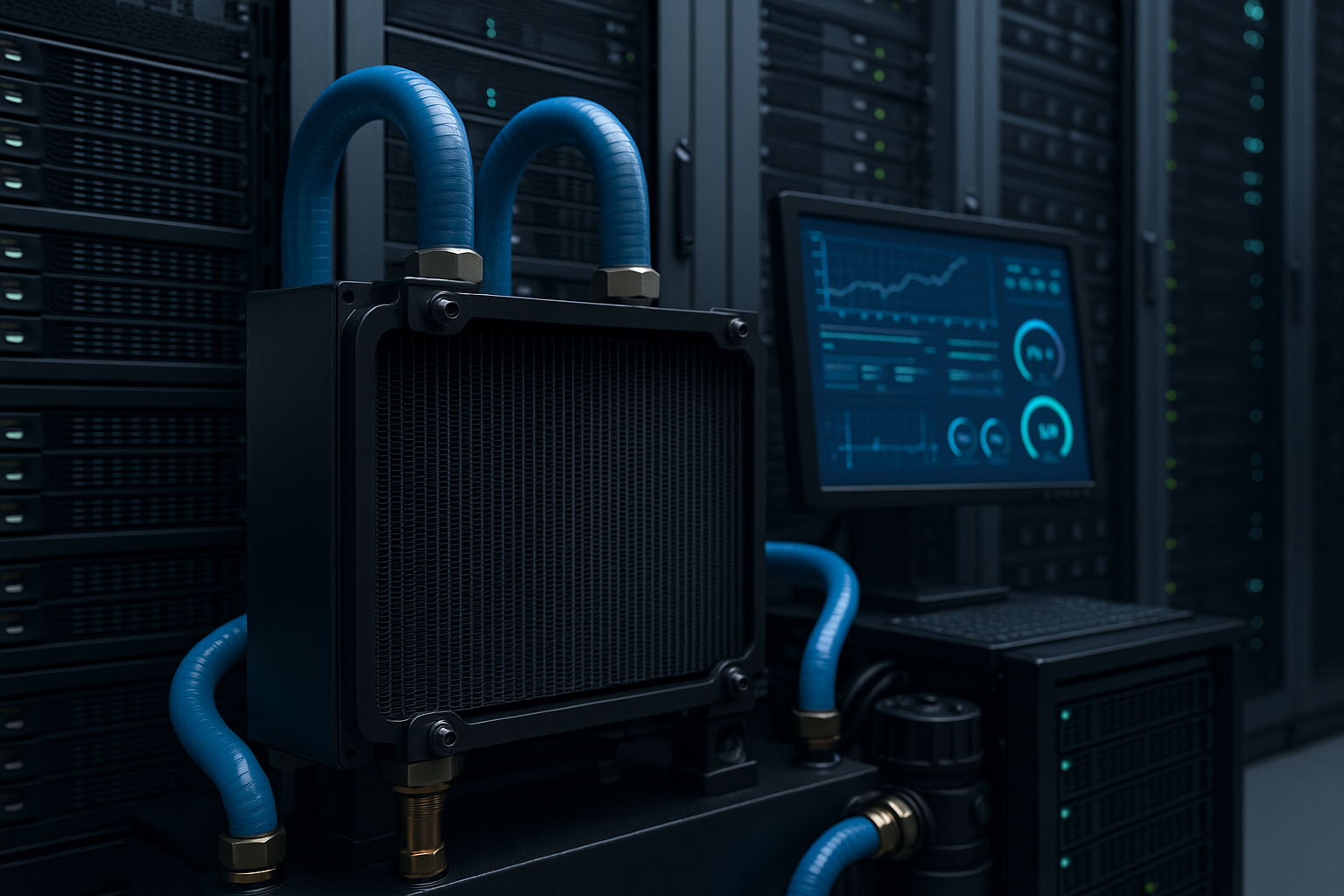Data Center Cooling Innovations: Keeping Servers Energy-Efficient
The rise of data center cooling innovations
Data center cooling innovations are critical as demand for digital infrastructure keeps growing. Traditional cooling strategies consume significant energy, leading to high costs and environmental impact. In response, facilities are implementing new technologies that enhance thermal management while improving efficiency. These innovations allow operators to maintain reliable server performance with a reduced energy footprint.
Liquid cooling solutions for modern data centers
Among the most impactful data center cooling innovations are liquid-based systems. Direct-to-chip and immersion cooling methods remove heat more effectively than airflow solutions, supporting denser workloads and extending hardware lifespan. These techniques also reduce the reliance on large-scale chillers, lowering both power usage and operational expenses.
AI-driven optimization and monitoring
Another key development is the integration of artificial intelligence in cooling management. By analyzing sensor data in real time, AI systems dynamically adjust cooling output based on server loads. This predictive control prevents overheating, reduces energy waste, and increases system reliability. Machine learning also helps operators identify patterns that lead to long-term efficiency gains.
Sustainability and future trends in cooling innovations
Sustainability is shaping the next generation of data center cooling. Techniques such as free cooling, advanced airflow optimization, and hybrid systems reduce dependency on traditional HVAC infrastructure. Combined with renewable energy sources, these strategies contribute to greener data centers that align with global energy-efficiency goals. Research emphasizes that integrating innovative cooling with sustainability metrics will be central to the future of server operations.
Source: MDPI

